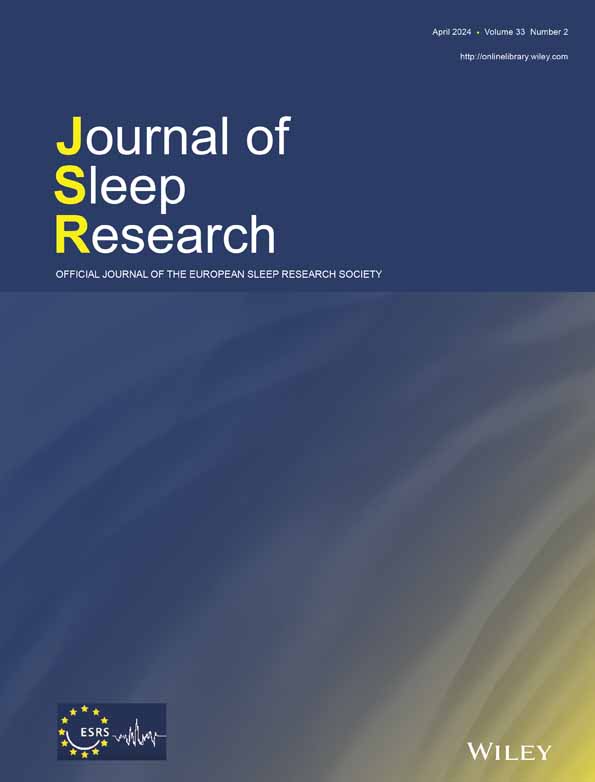Focus on insomnia, nightmares and mental health
Dear members of the ESRS,
Dear readers of JSR,
In this issue we have a focus on insomnia, nightmares and mental health. Nevertheless, also other areas of sleep medicine and sleep research are covered: a few articles deal with sleep disordered breathing, sleep and neurology is covered, one article relates to dreaming and one to animal research and some others to sleep and age, sleep in children and adolescents.
Let me highlight some of the articles for you:
Pahari et al. (2024) investigated whether the reaction time in psychomotor vigilance is related to hypoxic load in patients with sleep apnea. To this end 855 patients (473 males, 382 females) with suspected OSA who underwent overnight polysomnography and psychomotor vigilance task (PVT) were studied. By means of sophisticated analysis it turned out that the severity of intermittent hypoxaemia was strongly associated with longer reaction times in males but not in females. On the other hand the arousal index had the strongest association with the PVT results in females. Thus, the authors conclude the impact of hypoxic load on impaired vigilance seems to be stronger in males than in females.
Fleming et al. (2024) studied in a randomized controlled trial of digital cognitive behavioral therapy for insomnia whether sleep might be improved after stroke through this therapeutic intervention. The authors performed a parallel group randomized controlled trial conducted remotely in participants' homes and online. 86 community-dwelling stroke survivors took part in the study, 84 who completed baseline assessments were randomized to either digital cognitive behavioral therapy or a control condition. Follow-ups were contacted as well. Primary outcomes were self-reported insomnia symptoms and the Sleep Condition Indicator. It turned out that there were significant improvements in Sleep Condition Indicator after digital cognitive behavioral therapy compared to the control condition. Furthermore with respect to secondary outcomes there were shorter self-reported sleep-onset latencies and better mood after digital treatment. Cost-effectiveness analysis demonstrated that the digital intervention was superior to control. No serious events occurred. The authors conclude that further research should test whether this digital intervention should be made accessible to large samples of post-stroke patients in order to improve their sleep.
Šonka et al. (2024) performed a longitudinal study in patients with idiopathic hypersomnia. Sixty patients diagnosed with idiopathic hypersomnia ≥3 years ago were studied in a sleep center. Mean duration of follow-up was almost 10 years. It turned out that 83% of the patients reported persistent hypersomnia, but only 55% had no other disease that could also explain excessive daytime sleepiness and prolonged sleep. A complete resolution of the hypersomnolence without stimulant treatment lasting longer than 6 months was rated only in 17%. So after almost 10 years only 55% of patients initially diagnosed with idiopathic hypersomnia presented no change to the typical hypersomnia picture.
Saner et al. (2024) studied the effects of sleep restriction (with or without high-intensity exercise) on behavioral alertness and mood in young healthy males. 24 healthy young males were matched into one of three, 5-night sleep interventions: normal sleep, sleep restriction down to less than four hours or sleep restriction and exercise. On average, despite of previously other findings, exercise did not have positive effects on the detriments of sleep restriction to mood, wellness, and alertness.




